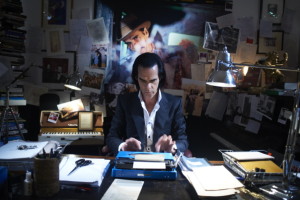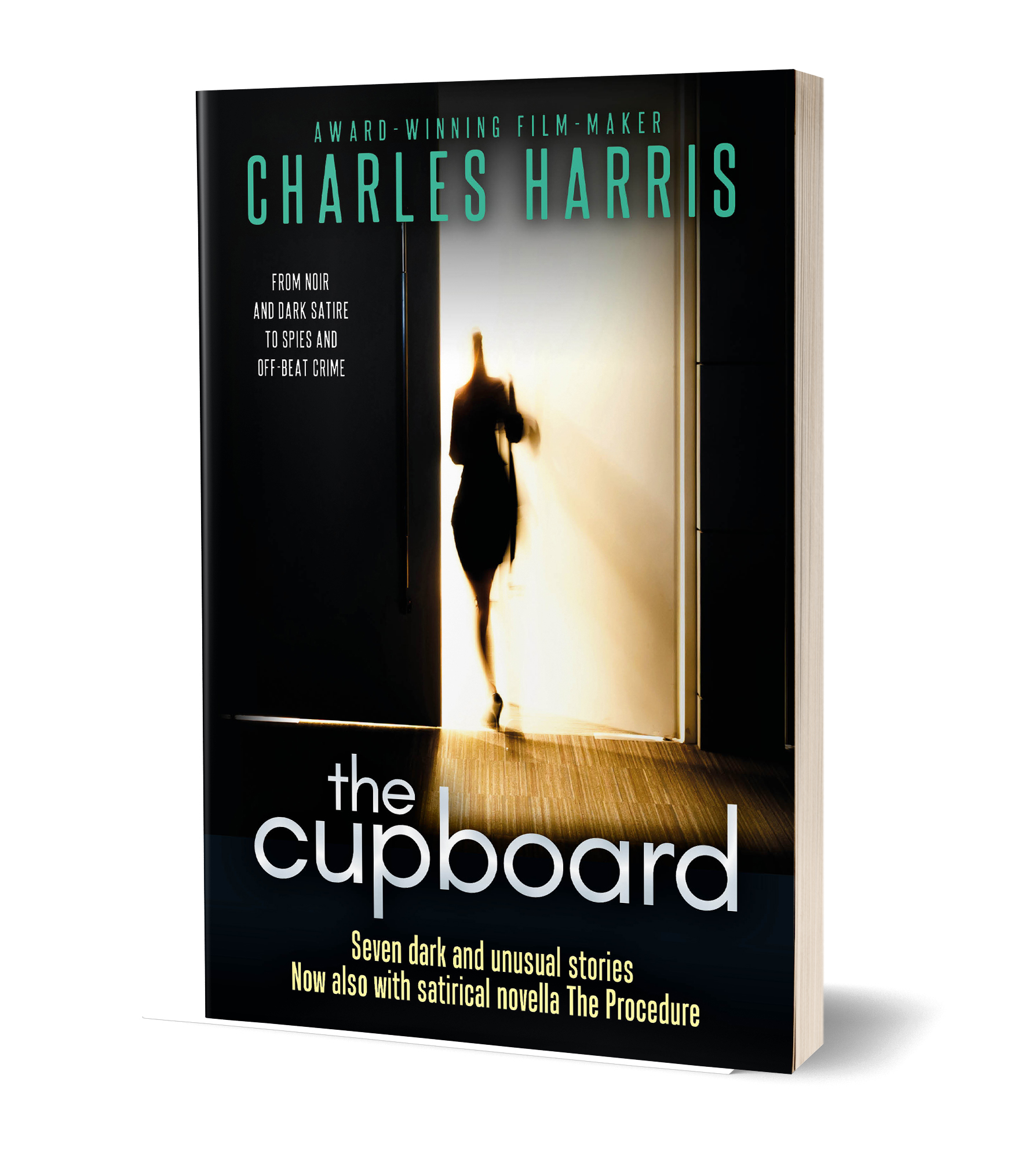How long should your treatment be?
25 Thursday Aug 2011
Written by Charles Harris in Training, Treatments
I’ve been running my Exciting Treatments workshop for over ten years now, and this is one of the first questions I’m always asked.
There’s no shame in it. I’m asked this by experienced writers who have scoured the net, and screenwriting books, and failed to find an answer.
Before we get to that answer, we need to look at industry terminology. The primary terms are:
Treatment
Synopsis
Outline
Summary
Beat sheet
Step outline
Masterscene treatment
It may surprise you, but the first four of these – treatment, synopsis, outline and summary – are totally interchangeable. There is no difference between them – in film and TV the four words all mean the same thing.
What is more, despite odd claims I hear from time to time, there is absolutely no agreed rule about length. If anyone tells you otherwise, they’re lying!
I’ve seen quarter page treatments and 15 page summaries.
If you are ever asked to send a treatment (or synopsis, outline or summary) your first question has to be:
How long do you want?
The answer may surprise you. Invariably I’ve found people who I expect will want 15 pages turn out to want 2 – and vice versa.
If possible try to stay under 6 or over 14. Between the two, an outline is too long to avoid going into detail, but not long enough to make the detail really work.
One of the things I had against the UK Film Council was that for many years they insisted on 10 pages treatments. (Later they saw the light and changed their demands).
Of course, if you’re writing the treatment for yourself, you can choose whatever length you want. Personally, I start with a short paragraph (no more than 4-5 sentences), then expand to three paragraphs, then three pages, and on from there.
Insights
I discover powerful insights into my story at each length and end up with a range of treatments of different lengths ready to send.
I’m doing this on a story now. It’s a powerful technique and I teach the process I use in detail in Exciting Treatments, so the writers develop their own treatments from short to long through the day.
A beat sheet or step outline is also a very exciting tool that I use all the time. Again the terms are essentially interchangeable. In a beat sheet you pin down the arc of the story and show how the story and the main characters develop beat by beat (or step by step). The length will vary but will probably average around 10-15 pages.
Some writers say you should include every scene, but I’ve read great step outlines that combine scenes into sequences. It’s up to you and what works for a particular project.
The final treatment I write before the first draft script is a masterscene treatment. This amazingly useful part of the process is more or less a full script, with much of the action and little or no dialogue.
The great advantage of writing a masterscene treatment is that you can get a sense of how the story works at almost full length, without having to worry about distracting details of description or how people sound. You can glide over complications with lines such as “they argue while the children destroy the summer-house” – knowing that you’ll be able to come back and colour in the details later.
This will normally run somewhere between 40-70 pages, which may sound a great deal of work, but saves enormous amounts of work later when you can concentrate on making the details of action and dialogue really sizzle.
Most of the treatments you can find on the net are actually masterscene treatments, which is difficult as one of the best ways to progress is to read good treatment examples.
I wish I had the time here to touch on other crucial areas of treatment writing, such as the importance of the inner story, treatment style and language (very different from the style you use for a good script) or writing series proposals.
I go into much more detail in my book Complete Screenwriting Course where I can teach all these methods in full, help you work through practical exercises and examples.



One Comment
August 31, 2011 at 6:15 pm
Nicely said & with excellent timing